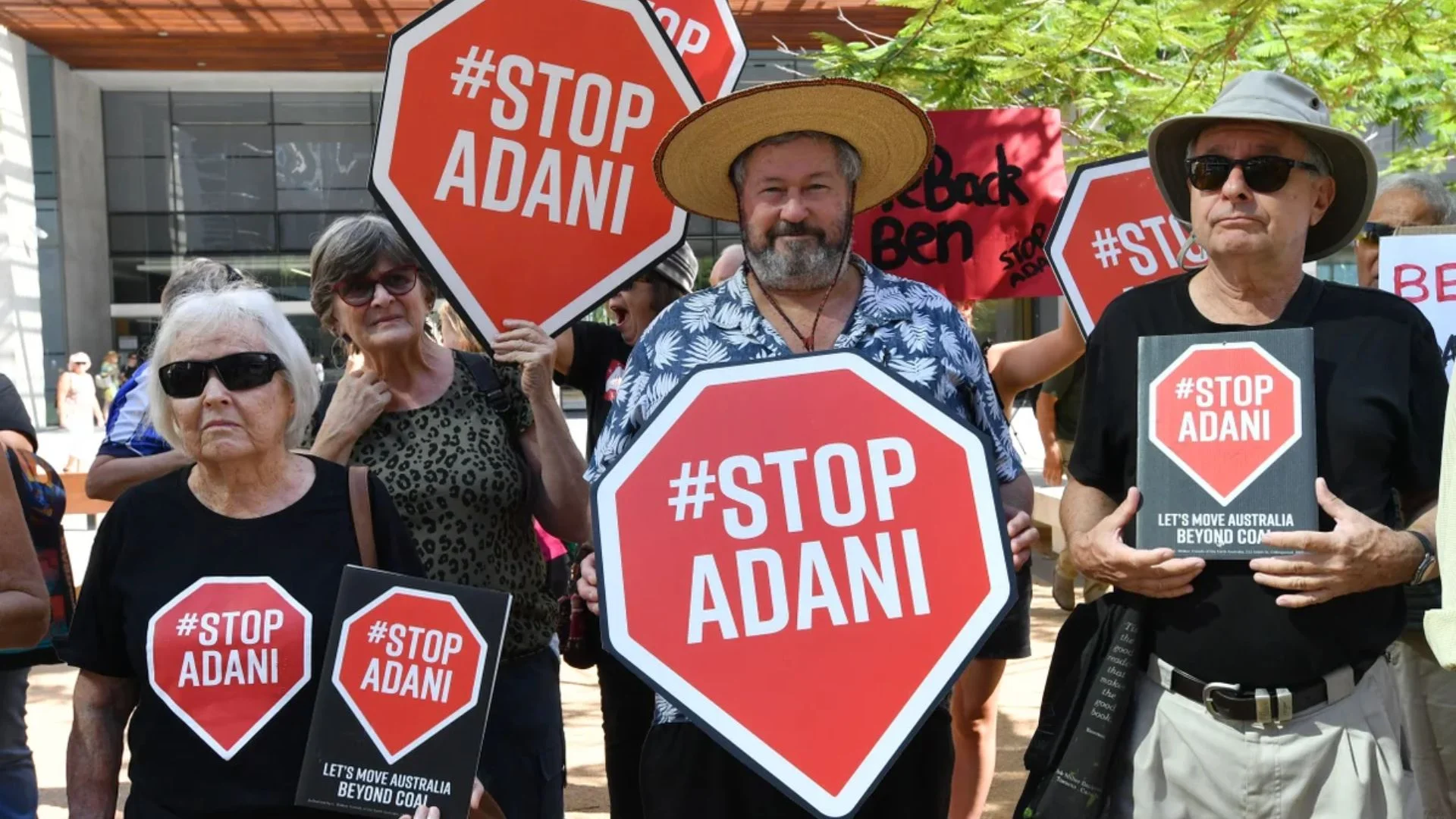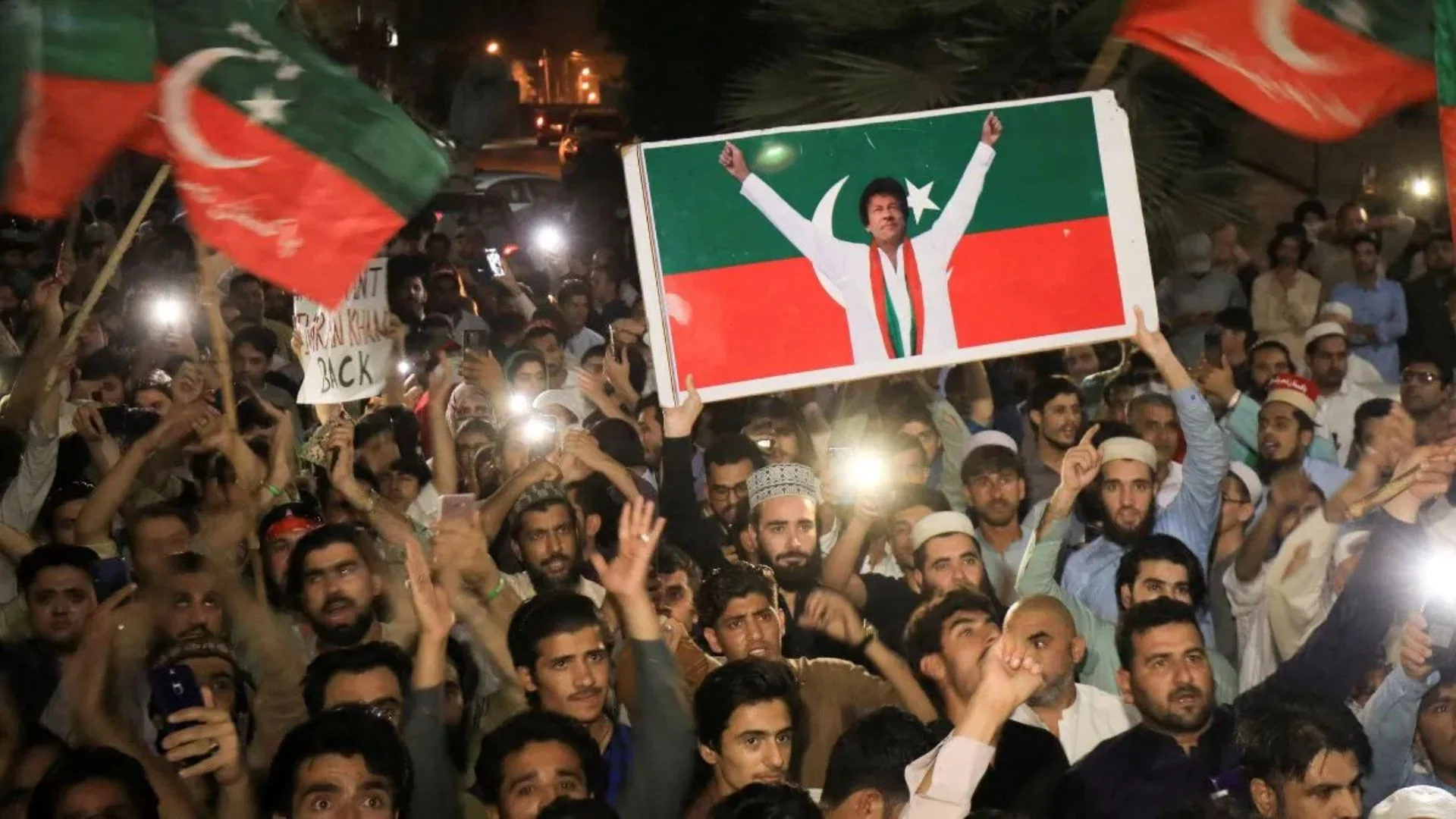
India and China have successfully completed disengagement at the contentious Depsang Plains and Demchok regions in Eastern Ladakh, marking a significant step toward de-escalation after a four-year military standoff. This development follows an agreement reached during high-level talks at the BRICS summit earlier in the month, where Prime Minister Narendra Modi and Chinese President Xi Jinping endorsed steps to return to pre-2020 patrolling norms. Patrolling in these areas will resume, coordinated through “mutual understanding,” according to Indian Army sources.
External Affairs Minister S. Jaishankar emphasised that the disengagement marks only an initial phase. “This is about ensuring our armies, which came very close, return to their bases. We hope the 2020 status is restored,” he remarked, highlighting that de-escalation will proceed only with verified compliance on the Chinese side. The disengagement involved removing temporary structures such as tents and military equipment from both sides, with ground commanders regularly reviewing conditions to maintain stability.
To symbolize goodwill, Indian and Chinese soldiers are expected to exchange sweets on Diwali, a tradition that serves as a gesture of camaraderie during festive periods, despite previous hostilities. This engagement reflects broader diplomatic intentions from both countries to mend relations along the Line of Actual Control (LAC) in Ladakh. The restoration of joint patrolling rights further solidifies efforts to bring a sense of normalcy and marks the first step toward a possible lasting peace.
This disengagement aligns with prior Indian and Chinese agreements, such as buffer zones created at Galwan and Pangong Tso. For both nations, resolving these “legacy issues,” as Jaishankar put it, could lead to a steady return to the previously understood boundary arrangements, setting a foundation for longer-term conflict resolution between Asia’s two largest countries. The progress, combined with ongoing dialogues and field visits by Indian and Chinese defense personnel, reflects a concerted effort to rebuild trust along one of the world’s most sensitive borders.















